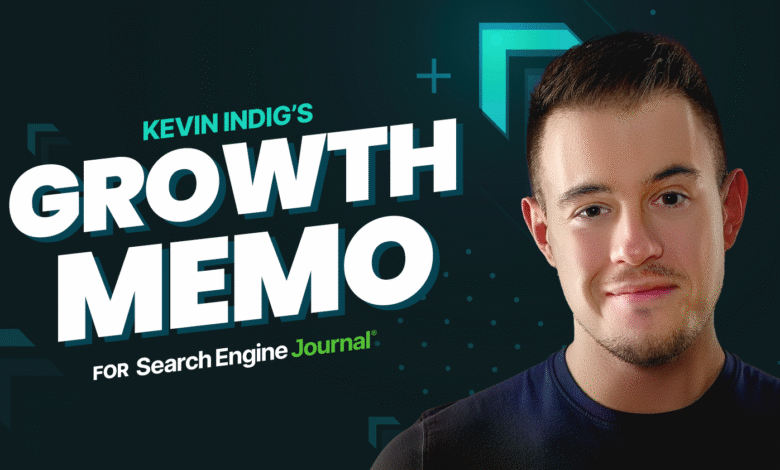Unlock Team-Wide SEO: Make Personas Actionable

▼ Summary
– Search personas built from organic queries provide valuable audience language that should be operationalized across departments like marketing, sales, and product.
– To ensure personas are used, create accessible internal knowledge hubs and build a clear narrative about their value to make adoption simple for teams.
– Incorporate persona data into content briefs, page structure, and AI-assisted workflows to directly shape SEO and content production.
– Extend persona use beyond content teams to inform email marketing, paid ads, sales scripts, and customer support for consistent messaging.
– Maintain persona effectiveness by establishing regular feedback loops and quarterly updates to keep them current with evolving search behaviors.
To maximize the impact of search personas across an entire organization, it’s essential to move beyond static documents and integrate them into daily workflows. Personas built from organic queries and prompts offer a direct line to the language, concerns, and motivations of your audience, making them invaluable for SEO, content creation, sales, and product development. When operationalized effectively, these data-driven profiles ensure every team communicates with a unified, customer-centric voice.
Many teams invest significant effort in creating detailed personas only to see them languish in a shared drive. The real challenge lies in making these insights actionable and accessible. Rather than letting valuable research gather digital dust, organizations should establish living systems that keep personas at the forefront of strategic decisions.
One effective approach involves creating a centralized knowledge hub for core search personas. This isn’t another forgotten slide deck, but an interactive resource hosted on platforms like Notion, Airtable, or Slack Canvas. The goal is to translate raw data into formats teams already use, dashboards, one-page briefs, or funnel visualizations. Key contributors should have the ability to update and comment as new customer questions or pain points emerge, keeping the personas current and relevant.
Building a compelling narrative around the value of personas helps secure buy-in from other departments. Position this research as a “horizontal competency” that elevates the entire organization’s effectiveness. Short training sessions or Loom videos can demonstrate how real search queries reveal customer hesitations, unmet needs, or competitive gaps. Backing this up with data from tools like Google Search Console or Semrush underscores the tangible benefits.
Training content creators and other contributors is another critical step. Emphasize that personas should influence not just blog posts, but every touchpoint in the customer journey. For instance, content briefs should specify the target persona’s language, pain points, and required proof points. Writers and editors need clear direction to incorporate actual customer phrasing, like using “integration headaches” instead of watered-down corporate jargon.
Page structure can also be optimized around different search personas. By analyzing heatmap data, teams can identify how different audience segments interact with content. Some users may need trust signals upfront, while others prioritize efficiency. Aligning page layout with these behavioral patterns improves engagement and reduces bounce rates.
Internally, personas help shape topic clusters and internal linking strategies. A technically-inclined persona might cluster around API documentation, while a decision-maker looks for ROI calculators. Mapping these journeys ensures content meets specific informational needs at each stage.
In AI-assisted workflows, personas provide crucial context for prompts. Instead of generic instructions, prompt engineers can frame requests around specific audience mindsets, like “Write for a skeptical buyer comparing vendors.” This yields more relevant, resonant output that mirrors how real people search.
Beyond content and SEO, personas deliver cross-functional value. Email marketing teams can trigger nurture sequences based on visited pages tied to specific personas. Paid media specialists can A/B test ad copy derived from organic query language, often improving click-through rates. Sales teams armed with persona insights can address objections more effectively, using the same terminology leads encountered during their search.
Customer support benefits too, with help docs and FAQs built around actual customer language. Recurring support questions can even feed back into the content pipeline, identifying new organic opportunities. Product teams gain market intelligence, using persona data to prioritize features or refine messaging.
Keeping personas fresh requires an ongoing feedback loop. Regular syncs between sales, support, and SEO teams help capture new objections or questions. A quarterly review of search data, AI interactions, and customer feedback ensures personas evolve with the market. Establishing a clear escalation path allows teams to quickly act on emerging pain points.
When implemented thoughtfully, persona-driven strategies yield measurable improvements: higher engagement, more AI overview citations, and better alignment between marketing and sales. By treating search personas as dynamic tools rather than one-time projects, organizations can create a consistent, customer-informed experience across all channels.
(Source: Search Engine Journal)





